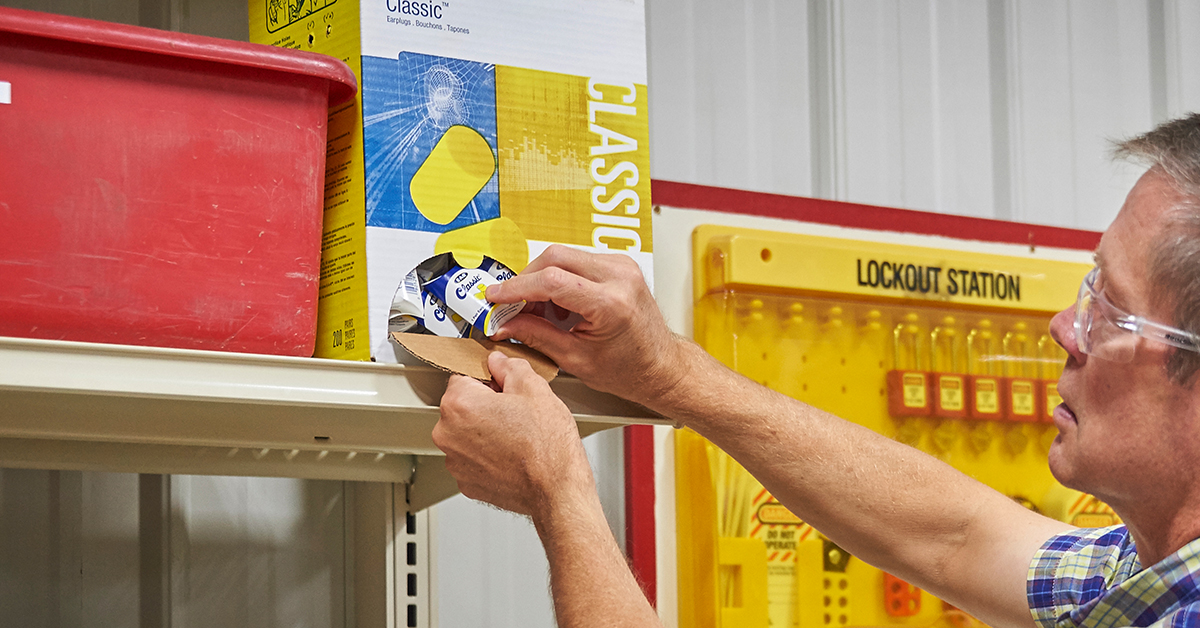The hierarchy of noise control: PPE is the last resort
Date Posted: 01/29/2019

OSHA's occupational noise exposure standards at 1910.95 require employers to implement safety controls when noise exposure poses a risk for illness or injury to employees. In a noisy workplace, your first thought might be hearing protection like earplugs. However, the controls have a hierarchy of order, meaning that some control methods are preferred over others.
According to the National Institute for Occupational Safety and Health (NIOSH), following the hierarchy can lead to safer systems and reduced illness and injury. Imagine an upside-down pyramid and list the following hierarchy methods from top to bottom; the top being most effective, and bottom the least effective:
Elimination
Eliminating hazards should be option number one if possible. Obviously, removing a loud and heavy piece of machinery might not work. However, consider steps during processes that over-produce noise. Is removing those steps or procedures possible? If the process is still at the design or development stage, eliminating it might be easier.
Substitution
If feasible, physically removing and substituting hazards including machinery, tools, or other noise-producing equipment should be option two. For example, tools and equipment age, sometimes producing more noise than newer equipment. In this case, removing the tool or equipment from service and replacing it might prevent higher noise exposure to employees.
Engineering
Implement engineering controls after identifying exposure sources. Although sometimes costly, engineering controls work in the long-term. For example, if employees work near loud saws, machines, or motorized equipment, consider building or purchasing barriers or enclosures. Additionally, consider installing mufflers or other sound-absorbing materials.
Administrative
Administrative controls work but have limited use. Generally, these controls are effective but require you to remove or reassign an employee to different tasks. This practice may include rotating workers between quiet and noisy jobs which could possibly expose workers to hearing loss over time.
Personal Protective Equipment (PPE)
If possible, use PPE as a last resort. Even if PPE is already required, following the hierarchy to reduce noise levels should remain a priority. PPE programs can be relatively expensive and might require significant effort by affected workers so make sure that your program is easy for employees to understand and follow.
How Safety Management Suite Can Help
Remember, the hierarchy isn't a "set-in-stone" guide and should be used as a reference. Everyone's processes are different, meaning certain hazards will require a specific control method. The J. J. Keller® SAFETY MANAGEMENT SUITE can help you identify noise related hazards so you can handle the rest!! The "Noise" checklist in the audits & inspections tool offers a plethora of situational questions which will help you identify noise hazards in your workplace.
E-mail Newsletter
Sign up to receive the weekly EHS Insider email newsletter for safety articles, news headlines, regulatory alerts, industry events, webcasts, and more.